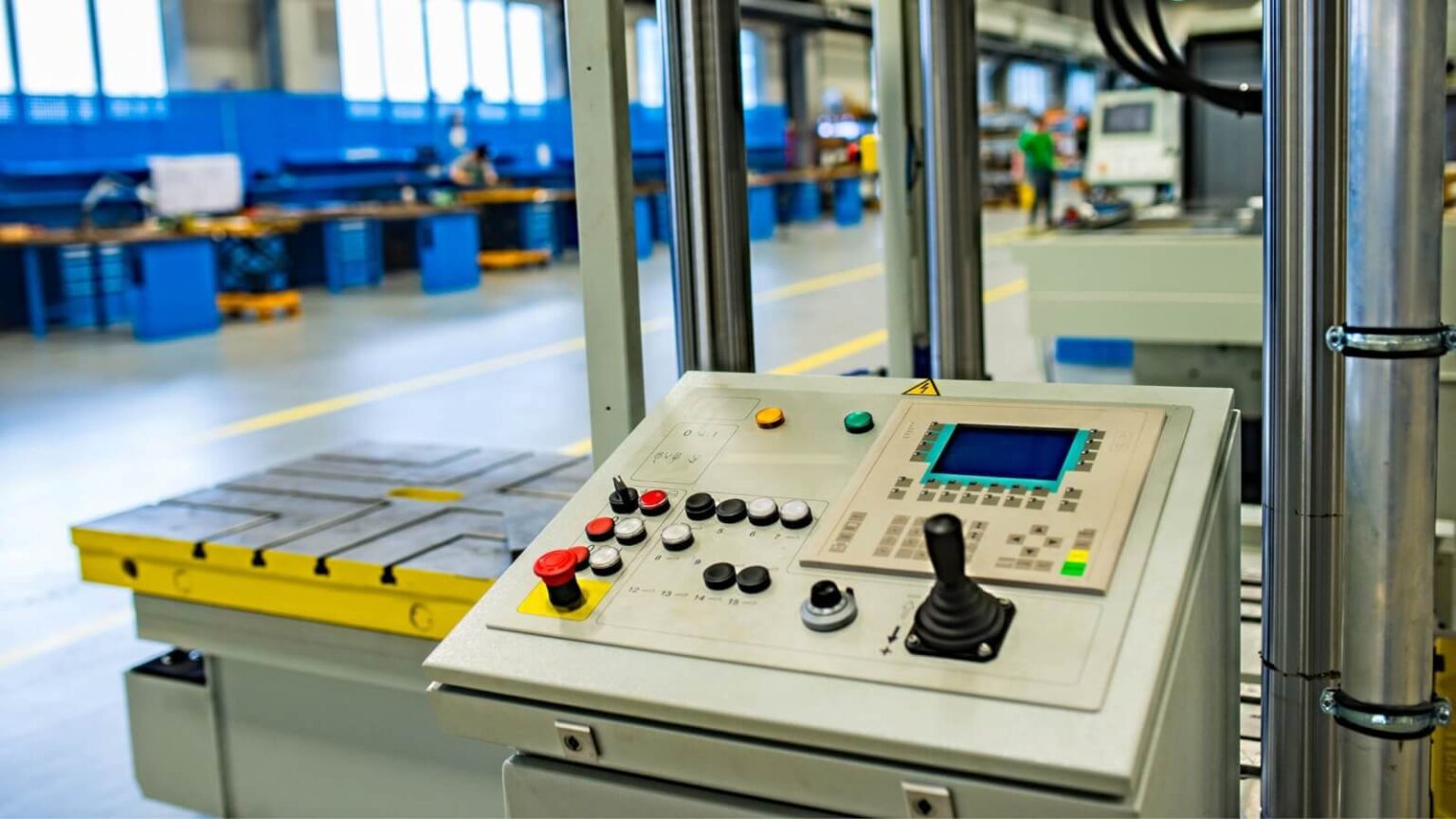
304 Stainless Steel Casting — A Complete Guide
Stainless steel is generally a quite versatile material due to which it is one of the most widely used materials in casting industry.
When talking about stainless steel casting, the alloy that is talked about the most is 304 stainless steel. There are many things you don’t know about 304 stainless steel.
So, let’s understand it with a complete discussion of it with 304 stainless steel:
What is 304 Stainless Steel?
If not the most, 304 stainless steel is the second most famous and commonly used alloy of stainless steel. It is pretty much similar to 316 stainless steel. Just a small change in composition changes things quite completely in terms of properties and applications of both types of stainless steel.
Composition of 304 Stainless Steel
Just like any other type of stainless steel, the main component of it is iron (Fe). Other than iron, It contains a combination of chromium (18%) and nickel (8%), along with a small amount of carbon (less than 0.08%). 304 stainless steel is also known as 18-8 stainless steel because of 8% nickel and 18% chromium.
304 vs. 316: Which Stainless Steel Alloy is better?
We have mentioned earlier, that both 304 and 316 stainless steel are quite similar. They both have different significance in casting industry. We can’t pick one of them for you because they both have slightly different properties and nature.
So, determine the differences between them and use the one that suits most to your preference:
-
Chemical Composition
You already know the composition of 304 stainless steel. When compared with it, composition of 316 stainless steel is composed of higher levels of chromium (16-18) and nickel (10-14). Moreover, it also includes molybdenum (2-3%) which can’t be seen in 304 stainless steel. Due to lack of molybdenum, 304 alloy gives more chloride-related properties.
-
Cost
Although they are both a quite similar, their cost is quite the same. Generally, 316 is much more expensive than 316 stainless steel due to an additional alloy element (molybdenum). But it really depends on the area where you live.
-
Temperature Resistance
316 stainless steel is termed as more patient material by experts because it can bear more temperature than 304 stainless steel. Due to this property, professionals prefer 316 stainless steel more in industries like aerospace and automotive where temperature of components can go quite high. For example, temperature of car exhaust or components of jet engine can burn you time.
-
Corrosion Resistance
Stainless steel is generally seen as the most corrosion-resistant metal but when we talk about two alloys of stainless steel, 316 is way more superior to 304 stainless steel in this case. In places where water is excessive and risk of rust is always there, 304 is never preferred over 316 stainless steel. For example, components used in submarines or ships are usually made of 316 stainless steel.
-
Ability to get Weld
316 stainless steel is quite difficult to weld when compared with 304. That’s why when it comes to welding stainless steel after casting, you must always go with 304 stainless steel.
-
Mechanical Properties
Due to absence of molybdenum and presence of chloride properties, 304 stainless steel is way stronger and harder than 316. When you need to cast stainless steel and it needs to be used in a place where strength is a great factor, going for 304 stainless steel would be perfect.
Processes that can be used to Cast 304 Stainless Steel
When we generally talk about casting, there are quite a few casting methods that can be used to cast metals. But not every metal or steel is right with every method. So, it’s important to know which casting methods can be used in the case of 304 stainless steel:
- Investment Casting: This kind of casting is also known as precision casting or lost-wax casting. The process of casting 304 stainless steel becomes super easy when you use wax in the mold for shape.
- Sand Casting: Sand casting is not the best casting method for 304 stainless steel but experts suggest that if you don’t have a huge budget, there’s no harm in using sand casting.
- Centrifugal Casting: It’s a bit complicated kind of casting and is termed specialized casting because you use it only when your final shape is cylindrical or tubular.
- Die Casting: Die casting involves forcing molten 304 stainless steel into a mold cavity under high pressure.
Products made of 304 steel have a very beautiful appearance. If we want to engrave a trademark or pattern on the product, we can always use a laser machine.
Final Words
In the end, it’s your need and preference that will determine whether you should go for 304 or 316 stainless steel casting. We have done our best to let you know about 304 stainless steel casting. But if you still are unaware of anything related to the topic, click here to learn more!







